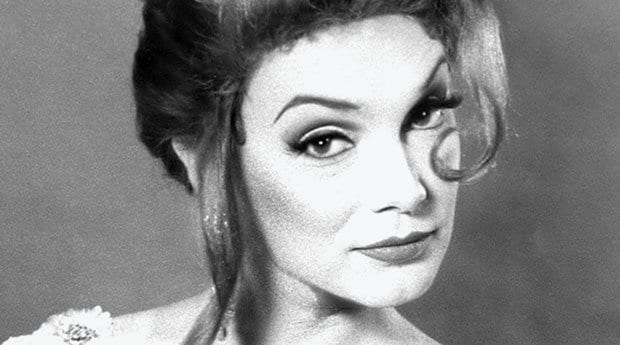
Bitch Diva Credit: XXXXX
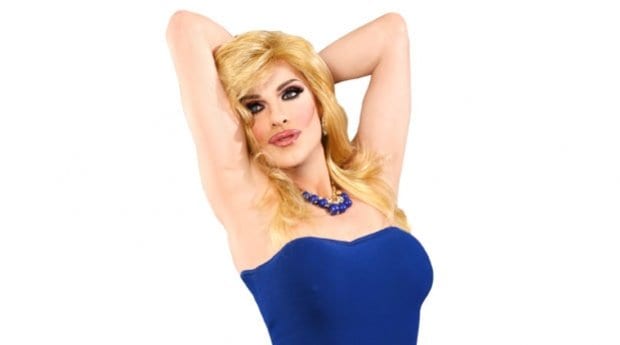
Georgie Girl Credit: XXXXX
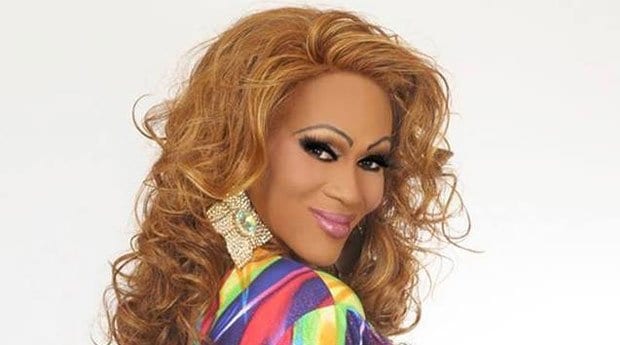
Chris Edwards Credit: XXXXX
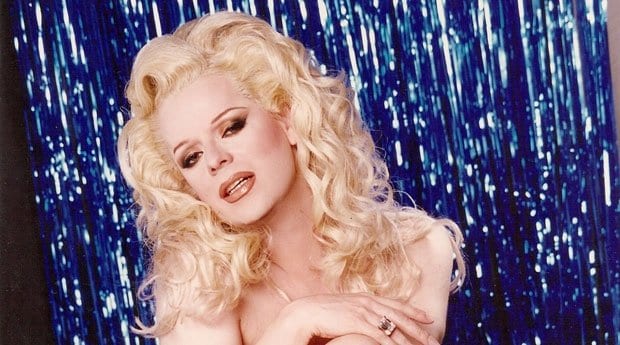
Christopher Peterson Credit: XXXXX
“What good is sitting alone in your room? Come hear the music play. Life is a cabaret, old chum, come to the cabaret.”
Though “Cabaret” wasn’t the song drag queen Georgie Girl was singing live the first night Dean Odorico saw her performing at a bar called Solitaros, it was indeed Liza Minnelli she was channelling. As the general manager of Woody’s, Odorico had no idea who she was but knew he had to have her perform at the then four-year-old bar.
“We didn’t start out with entertainment,” he recalls. Though Georgie was one of the original queens to perform at Woody’s, the first drag host was Pepsi, who enticed men up onstage with her acid tongue for the first Best Chest contest in 1992. “The only reason we created that night was because [former Fly manager and promoter] Gilles Belanger and Stephen Wong [now the designer behind fashion label Greta Constantine] were doing a night at The Phoenix, which really hurt our business on Thursdays.”
The Best Chest Contest took off, effectively killing the night at The Phoenix. Pepsi, however, would not last as host. “I replaced Pepsi because she was off her nut on drugs at the time,” Georgie says. At 49 years old, Georgie jokingly admits that she’s worked with the best and survived the rest.
With the success of their Thursday nights, Odorico launched Woody’s Dream Girls, a drag queen revue every Sunday. Queens like Morgan Holiday, Phyllis, Connie, Bitch Diva and Georgie could be found on the small portable stage at the end of the now torn-down square bar. The success of this night spawned shows three nights a week, which allowed Michelle Ross, Robin Loren, Jackaé Baker, Chris Edwards, Dani Love, Crystal Lite, Scarlette Fever, Christopher Peterson and others to hone their craft.
“You do drag at Woody’s not for money or tips,” Peterson quips from her home in Key West. “You tip cows. We were shown respect with gifts of monetary value or libations. You do drag for the love and maybe a quickie in the bathroom.”
Singing live, Peterson became famous for her masterful skill at imitating the voice and mannerisms of famous gay icons like Lucille Ball, Barbra Streisand, Judy Garland, Joan Crawford, Bette Davis, Joan Rivers and others. Since getting her start in Toronto, she’s taken her act all over the US, even appearing as Lucille Ball in the film Rat Race in 2001.
The addition of Sailor in 1994 doubled capacity and allowed for even more shows on an even larger, permanent stage. Woody’s was now a show bar, a cabaret of sorts.
“Our contest nights helped propel stars like Sofonda and Miss Conception,” Odorico says. “Look at what they’ve become now.”
Currently touring her one-man live singing show through North America and Mexico, Miss Conception remembers her start. “It was May 13, 2001,” she says. “The crowd was quiet that night as it was a Tuesday, but when I went onstage as Little Orphan Annie, they slowly moved in to see what was going on. To be a Woody’s Girl was a huge thing because the best of the best performed there. When I got my chance to shine on the stage at Woody’s, I knew I had to work hard to keep getting hired.”
But working that prime piece of gay-bar real estate is not all glitter and sequins.
“Every now and then some weird tranny-chaser will come after me,” Georgie says. “I had this one guy from Montreal who wanted to cut my eyes out with a knife and eat them. Another guy wanted to chop my head off and keep it. To them, it’s a compliment. To me, it’s a threat.”
Most of the performers have stalkers/fans. It’s part of being a celebrity in the gay scene, but a bouncer is always posted by the stage.
New queens shouldn’t be frightened of putting on a wig, donning a dress and taking a chance on the stage: Odorico will give almost anyone itching to show her talent a try. But if someone wants to host a night, Odorico pairs them with Georgie. If they last the night, they’ll get rebooked.
“Georgie doesn’t put up with any shit,” Odorico says. “You gotta have a thick skin and you gotta have a personality and be able to handle the crowd. There are some talented queens out there, but to be a host is a special category. You have the whole business in the palm of your hand. You can clear the bar out like that.”
“Dean is a lovely man. [Assistant manager] Steve is a lovely man. [Owner] Mr Gordon is a lovely man. And if you’re allowed into their circle, appreciate it, but don’t assume that you will stay in that circle. You have to work at it. You have to be a lovely person back. You have to show up to work on time. Do your job. It’s a professional work ethic. I don’t believe in berating your audience because you think that they haven’t given you the just attention that you deserve because you bought a dress off the rack.”
Drag queens aren’t the only ones who prance up those steps in heels. It’s an inclusive space where men and women — straight, gay and bi — are all welcome. The acceptance of gay communities worldwide ushered in hordes of straight women, sometimes accompanied by their boyfriends. And those ladies weren’t here to play: many would enter, and win, Woody’s contests. The new contest names — Best Men’s Chest, Best Men’s Legs and Best Men’s Ass — put the focus back on the boys. “It’s the objectivity of men for women’s happiness,” Georgie says, spinning the new rules into a positive. “Besides, no one wants to see your hairy lips up there.”
But in the end, the stage is a showcase for the queens. “Toronto has the best talent in the world for drag performers,” Odorico says. “It’s unparalleled. Not just the old crew who have made a career of it — the new girls are brilliant, too. Woody’s is lucky to have some of it.”
Special thanks to David Hawe for his drag queen identification skills.
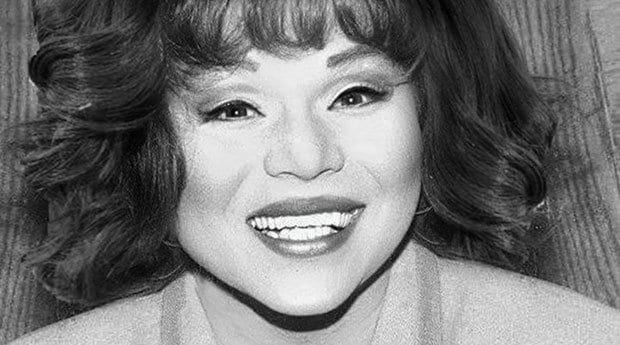
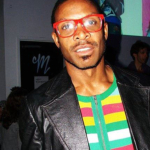
 Why you can trust Xtra
Why you can trust Xtra


